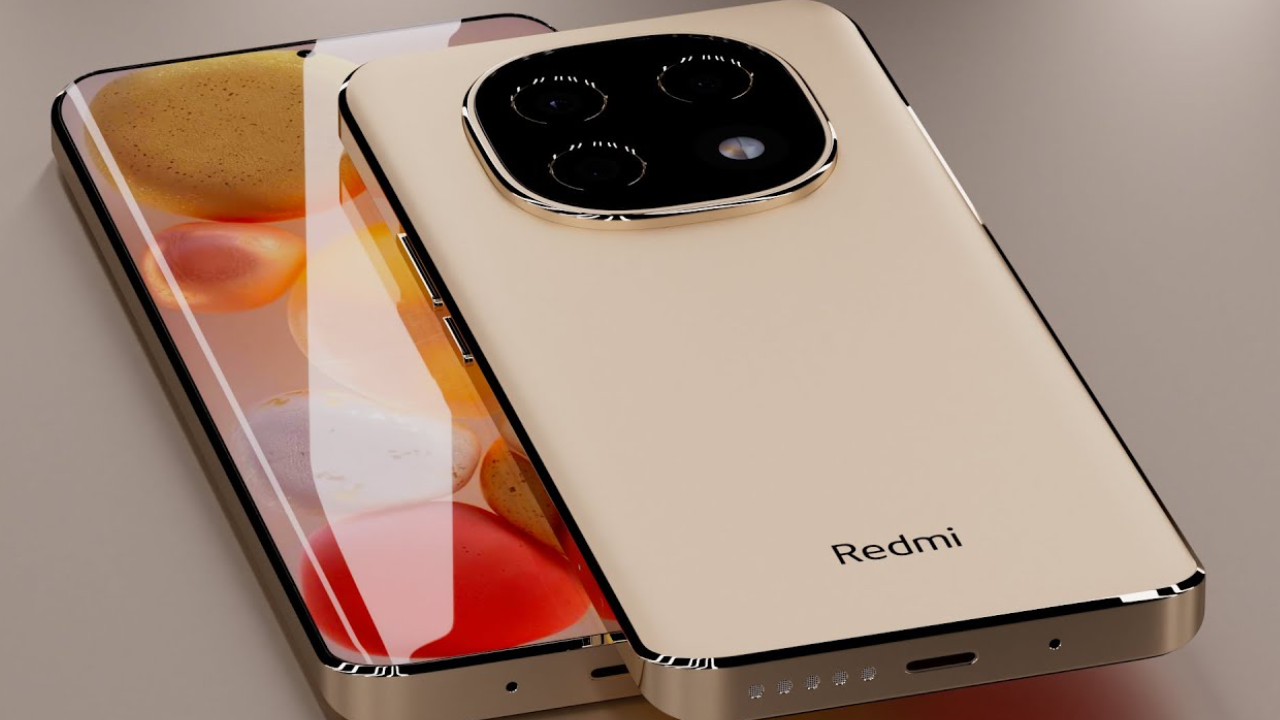The smartphone market is abuzz with the rumored launch of Redmi’s latest 5G device, boasting a staggering 300MP main camera and a premium design reminiscent of high-end flagships like the iPhone. With claims of DSLR-like performance, a massive battery, and cutting-edge features, this device is generating significant hype. But does it truly have what it takes to compete with professional DSLR cameras? Let’s dive into the details of this ambitious smartphone, exploring its design, camera capabilities, and whether it can live up to the lofty expectations set by its specifications.
Premium Design: A Sleek, iPhone-Inspired Aesthetic
Redmi has positioned this smartphone as a visual standout, drawing inspiration from Apple’s iconic design language. The device reportedly features a sleek, bezel-less 6.7-inch Super AMOLED display with a 120Hz refresh rate and a resolution of 1280×2712 pixels, delivering vibrant colors and crisp visuals. Protected by Gorilla Glass, the screen promises durability alongside its premium look. The punch-hole front camera maximizes screen real estate, giving the phone a modern, sophisticated appearance that rivals high-end flagships.
The design is said to mimic the iPhone’s aesthetic, with clean lines, a premium build, and a slim, lightweight chassis. An IP68 rating ensures resistance to dust and water, adding practicality to its stylish exterior. For users who value aesthetics as much as functionality, this Redmi model appears to strike an impressive balance. However, a beautiful design is only part of the equation—can its camera performance match the hype?
The 300MP Camera: A Game-Changer or Marketing Gimmick?
The star of the show is undoubtedly the 300MP main camera, a resolution that pushes the boundaries of smartphone photography. Complemented by a 50MP ultra-wide lens and a 50MP depth sensor, the camera system promises versatility for everything from expansive landscapes to detailed portraits. A 50MP front-facing camera caters to selfie enthusiasts, while support for 4K video recording and up to 60x zoom (likely a mix of optical and digital) aims to appeal to content creators and photography lovers.
On paper, 300MP is an astounding figure, suggesting unparalleled detail in photos. However, megapixel count alone doesn’t determine image quality. Factors like sensor size, pixel binning, and software optimization play critical roles. While Redmi’s camera is expected to leverage advanced features like optical image stabilization and night mode, it’s unlikely to match the larger sensors found in DSLRs, which excel in low-light performance and dynamic range. For comparison, a professional DSLR like the Nikon D850 uses a 45.7MP full-frame sensor, prioritizing quality over raw resolution.
Smartphones have made incredible strides in computational photography, using AI to enhance images, but they still face limitations compared to DSLRs. The Redmi’s smaller sensor size may struggle in challenging lighting conditions, and its ultra-wide and depth sensors may not match the main camera’s quality, a common issue in mid-range devices. While the 300MP sensor could excel in bright conditions for cropping or large prints, it’s doubtful it will fully replace a DSLR’s versatility and optical precision.
Performance and Battery: Built for the Future
Beyond its camera, the Redmi smartphone is designed to impress. While the exact processor remains unspecified, it’s likely a high-performance chip supporting 5G connectivity, ensuring fast internet speeds and future-proofing. With up to 12GB of RAM and 256GB of expandable storage, the device is equipped for multitasking and storing high-resolution media.
Battery life is another highlight, with rumors suggesting a capacity between 6700mAh and 7400mAh, paired with a 120W fast charger. This combination promises all-day usage and quick recharges, catering to users with demanding lifestyles. Such specs position the phone as a powerhouse, capable of handling everything from gaming to video editing.
Can It Replace a DSLR?
While the Redmi’s 300MP camera and premium features are impressive, replacing a DSLR is a tall order. DSLRs offer interchangeable lenses, larger sensors, and manual controls that provide creative flexibility smartphones can’t match. For professional photographers, the Redmi may serve as a convenient secondary device but is unlikely to supplant dedicated cameras for critical shoots.
However, for casual users and content creators, this smartphone could be a compelling alternative. Its high-resolution camera, AI enhancements, and 4K video capabilities make it ideal for social media, vlogging, and everyday photography. Priced competitively between ₹18,999 and ₹34,999, it offers flagship-like features at a fraction of the cost of a DSLR setup.
Final Verdict
Redmi’s 300MP camera smartphone is poised to make waves with its premium design, robust performance, and ambitious camera system. While it may not dethrone DSLRs, it represents a significant step forward for smartphone photography, especially in the mid-range segment. For those seeking a stylish, feature-packed device without breaking the bank, this Redmi model is worth watching. Official reviews and hands-on testing will reveal whether it lives up to the hype, but for now, it’s a bold contender in the evolving world of mobile photography.
